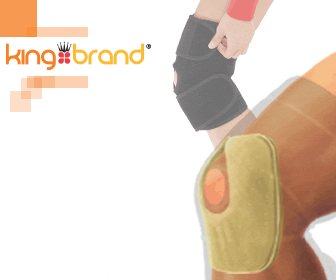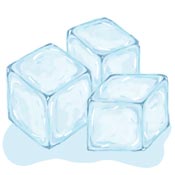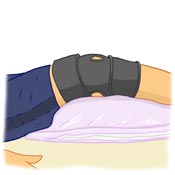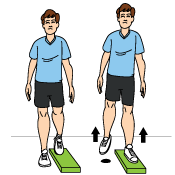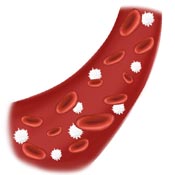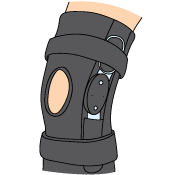MCL Tear Treatment
- Cold Compression -- Relieve pain and inflammation with cold compression.
- Rest -- Resting your injured knee is essential to faster healing.
- Physiotherapy -- Help your knee regain strength and flexibility with exercise.
- Blood Flow -- Stimulate blood flow once your inflammation goes down.
- Immobilization -- A cast or brace can help keep your knee immobile.
- Painkillers -- Over-the-counter painkillers work to temporarily relieve pain.
When treating an MCL (Medial Collateral Ligament) injury, the first step is to Rest and Immobilize your knee, as this will help you avoid doing any further damage to your MCL. Once your knee is at rest, you can use Cold Compression and Painkillers to help relieve the pain and swelling. Once your inflammation is gone, now it is time to start healing the MCL with Blood Flow. Finally, Physiotherapy will help you restore strength and full range of motion to your MCL.
